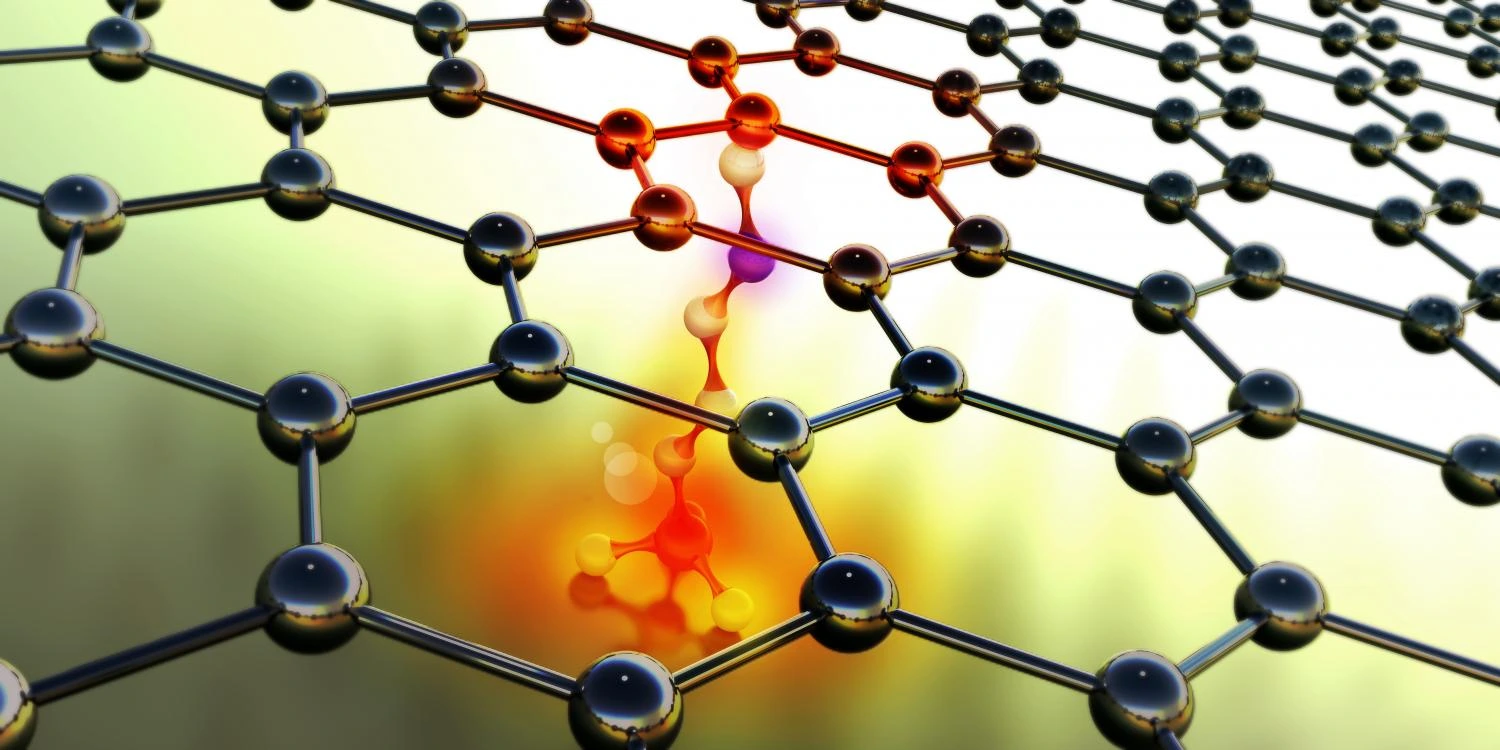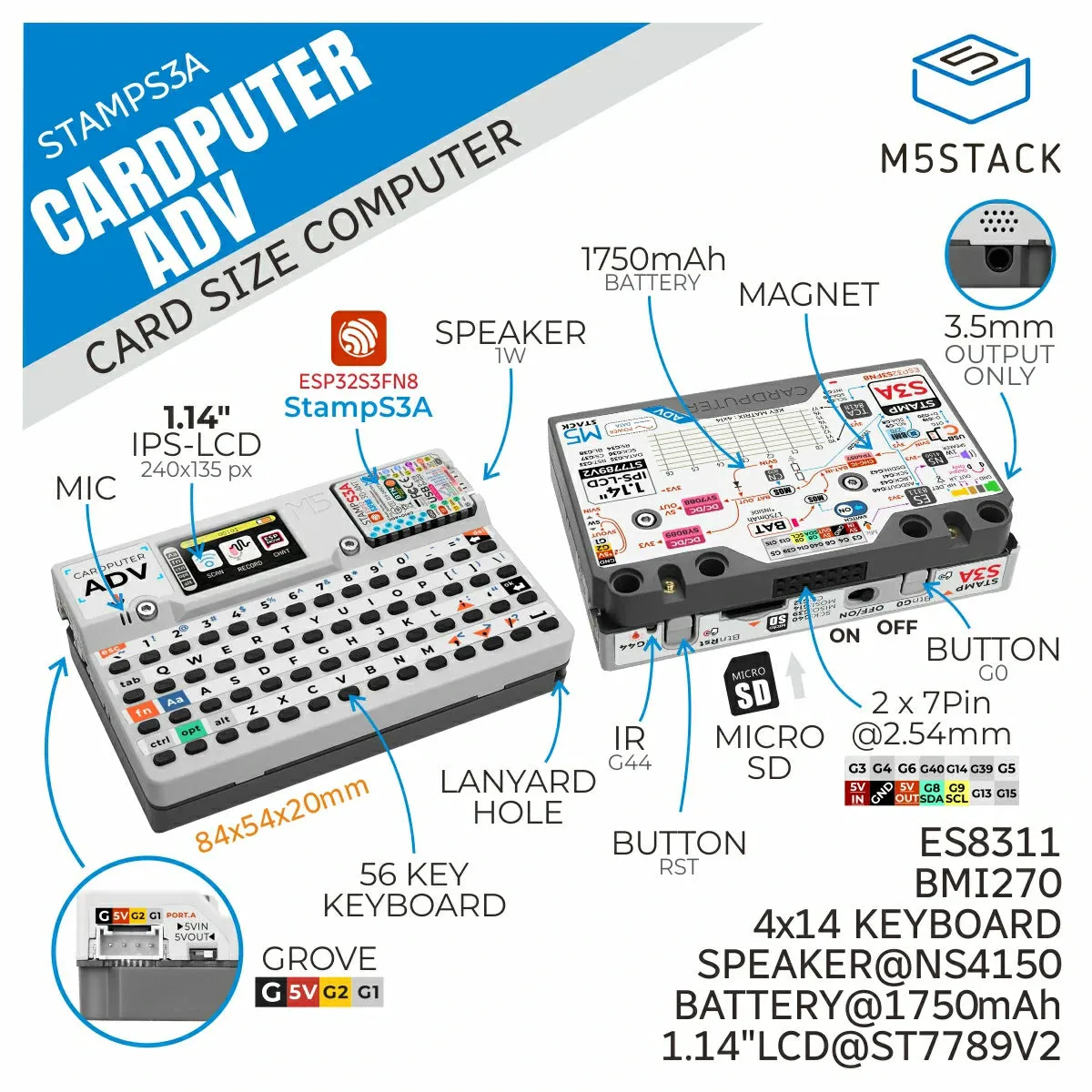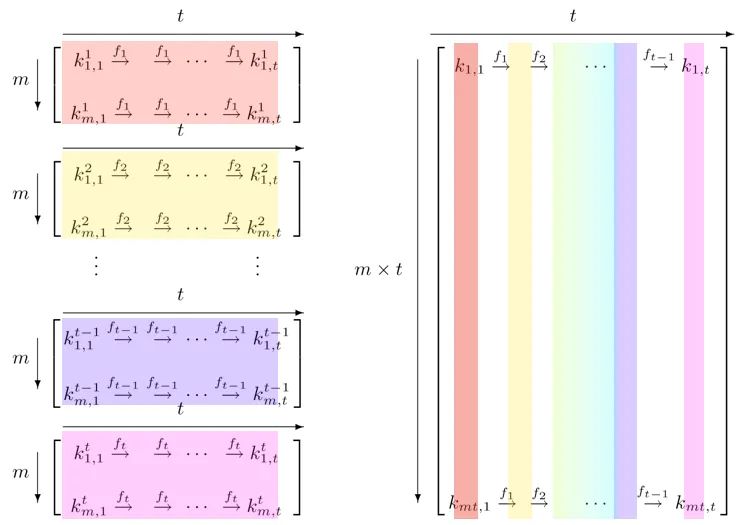computer
gadget
heat dissipation
laptop
technology
best thermal paste 2025, cpu cooling solution, cpu overheating fix, graphene cooling technology, graphene thermal conductivity, how to apply thermal pad, thermal pad laptop, thermal pad vs paste, thermal paste guide, thermal paste vs graphene
9M2PJU
0 Comments
Graphene, Thermal Paste, and Thermal Pads: What You Need to Know About Keeping Your Devices Cool
Have you ever touched your laptop and noticed how hot it gets after a few hours of use? Or maybe you’re a gamer, and your PC fans start roaring the moment you launch a demanding title. Heat is a byproduct of performance—and it’s one of the biggest challenges engineers and tech enthusiasts face today.
To keep our computers, smartphones, and game consoles running smoothly, we rely on cooling systems. But there’s a secret hero in that cooling chain that often gets overlooked: the thermal interface material (TIM). That includes thermal paste, thermal pads, and now, the rising star—graphene.
Let’s dive deep into how these materials work, where each one shines, and why choosing the right one can make or break your setup.
🔥 Why Heat Is the Enemy of Performance
All electronics generate heat. Whether it’s your phone running social media apps or your desktop crunching numbers in a 3D render, your CPU and GPU are doing billions of operations per second. That work generates heat—sometimes a lot of it.
Too much heat causes performance throttling (your processor slows down to stay safe), system instability, or in worst cases, permanent damage. This is why every serious computing device comes with a cooling solution.
But here’s the catch: no matter how good your fan or heatsink is, it won’t work properly without an efficient connection to the processor. That’s where thermal interface materials come in.
🧴 The Workhorse: Thermal Paste
What is it?
Thermal paste is a thick, greasy compound that fills in the microscopic gaps between a chip (like your CPU) and its heatsink. Even two seemingly smooth surfaces have tiny imperfections. Without paste, those air gaps would trap heat—and air is a terrible heat conductor.
By applying thermal paste, you create a much more efficient thermal bridge. The result? Lower temperatures, better performance, and a happier computer.
What’s Inside?
Thermal pastes are made from a base fluid (usually silicone or synthetic oil) and filled with thermally conductive materials like:
- Ceramic powders (oxide-based)
- Metal particles (like silver or aluminum)
- Carbon-based materials (like diamond or graphene)
Premium pastes like Arctic MX-6 or Thermal Grizzly Kryonaut offer conductivity up to 13 W/m·K, which is excellent for most CPUs and GPUs.
Pros:
- Excellent performance
- Widely available
- Ideal for high-performance PCs
Cons:
- Messy to apply
- Can dry out over time
- Needs to be reapplied every few years
When to Use:
Anytime you’re installing or upgrading a CPU or GPU. Especially if you’re overclocking or running intensive tasks like video editing, gaming, or 3D rendering.
🧊 The Easy Option: Thermal Pads
What are they?
Thermal pads are pre-formed, soft sheets made from silicone, gel, or similar materials infused with conductive particles. You place them directly between the component and the heatsink—no spreading, no mess, no fuss.
Pads are common in laptops, game consoles, VRMs (voltage regulators), RAM modules, and other areas where paste would be inconvenient or impractical.
What’s Inside?
Most thermal pads use:
- Silicone rubber as a base
- Ceramic or metal oxide fillers
- Some newer versions use graphene additives
Their performance varies. Cheaper pads offer low conductivity (~1–3 W/m·K), while premium ones like Fujipoly Extreme or Thermalright Odyssey hit up to 12 W/m·K.
Pros:
- Super easy to install
- No drying, no mess
- Often reusable
- Great for uneven or large surfaces
Cons:
- Usually not as effective as paste for CPUs/GPUs
- Can compress or deform over time
- Thickness matters—too thick and it reduces performance
When to Use:
Best for laptops, consoles, or devices where you want something reliable and low-maintenance. Also great for components like VRMs or RAM that don’t have their own heatsinks.
⚛️ The Future: Graphene
What is Graphene?
Imagine a sheet of carbon that’s only one atom thick. That’s graphene—a material so thin, light, and strong it seems like science fiction. First isolated in 2004, graphene has since been hailed as a “miracle material” because of its insane list of properties:
- Thermal conductivity: Up to 5000 W/m·K (yes, that’s thousands)
- Electrical conductivity: Extremely high
- Strength: 200x stronger than steel
- Flexibility: Bendable and transparent
In thermal management, that first trait—thermal conductivity—is the big deal.
How is it used?
Graphene is starting to appear in:
- Thin thermal films for smartphones and tablets
- High-performance thermal pads for laptops and desktops
- Experimental thermal pastes
Right now, graphene is mostly used as a performance booster, blended into pastes or pads to enhance conductivity. Pure graphene solutions are still expensive and rare, but the tech is evolving fast.
Pros:
- Unmatched thermal performance (in theory)
- Long lifespan
- Very thin—perfect for tight spaces
Cons:
- Expensive
- Still maturing for mass market
- Real-world performance may vary depending on implementation
When to Use:
If you’re dealing with ultra-compact systems or high-performance environments (like data centers, gaming laptops, or cutting-edge smartphones), graphene thermal films or pads are worth watching. They’re already in some top-tier devices from companies like Samsung and Huawei.
📊 Comparing the Three: What’s Best for You?
| Feature | Thermal Paste | Thermal Pad | Graphene Materials |
|---|---|---|---|
| Thermal Conductivity | ★★★★☆ (1–13 W/m·K) | ★★★☆☆ (1–12 W/m·K) | ★★★★★ (Up to 5000 W/m·K) |
| Ease of Use | ★★☆☆☆ | ★★★★★ | ★★★★☆ (as pad/film) |
| Lifespan | ★★★☆☆ (2–5 years) | ★★★★☆ (5–10 years) | ★★★★★ (very long) |
| Reusability | ✘ No | ✓ Sometimes | ✓ Yes (pads/films) |
| Price | ★★★☆☆ (cheap) | ★★★☆☆ (varies) | ★☆☆☆☆ (expensive) |
| Best For | CPUs, GPUs | Laptops, VRMs | High-end devices |
💡 Final Thoughts: It’s Not Just About Cooling, It’s About Choosing Smart
It’s easy to overlook thermal interface materials when building or repairing electronics. They’re often hidden under the heatsink, invisible to the eye, and never mentioned in flashy product specs. But they’re critical to system stability and performance.
If you’re a builder, a gamer, a repair tech, or just someone who wants their laptop to stop sounding like a jet engine—understanding the difference between paste, pad, and graphene is a game changer.
- Use thermal paste if you want the best possible contact for high-performance CPUs and GPUs.
- Use thermal pads when convenience, ease, and reliability matter most—especially for embedded systems or non-critical components.
- Look to graphene as the future. It’s already improving thermal designs quietly in the background—and it might just be the next revolution in electronics cooling.







Post Comment